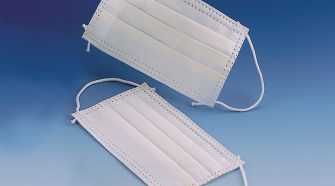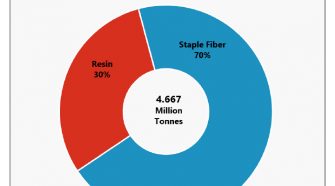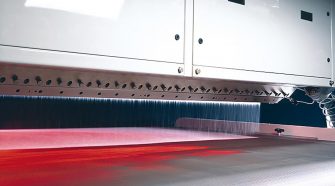
A view of the North American nonwovens market and material consumption
This is a great time to be in nonwovens and will continue to be so, as demand and, correspondingly, localized supply, to meet that demand, continues to increase. The nonwovens …

‘It’s a great time to be in nonwovens’
A view of the North American nonwovens market and material consumption Annually, INDA produces the North American Nonwovens Supply report based on extensive research, producer surveys and interviews with industry …

Understanding meltblown and a market gone mad
Everyone now seems to have heard of meltblown, but what is meltblown? Meltblown is the term for one of the methods of forming resins/fibers into nonwoven material. Meltblown is typically …

COVID-19 supply & demand
As we consider how the COVID-19 pandemic is impacting the nonwovens industry, it is important to start with an understanding of the numerous nomenclature issues associated with nonwovens. The …

Worldwide staple fiber-based nonwoven consumption
Staple fiber represents nearly two-thirds (59%) of the resin and staple fiber used in the nonwovens industry. The consumption of staple fibers by drylaid, wetlaid, and airlaid short-fiber nonwovens production …

